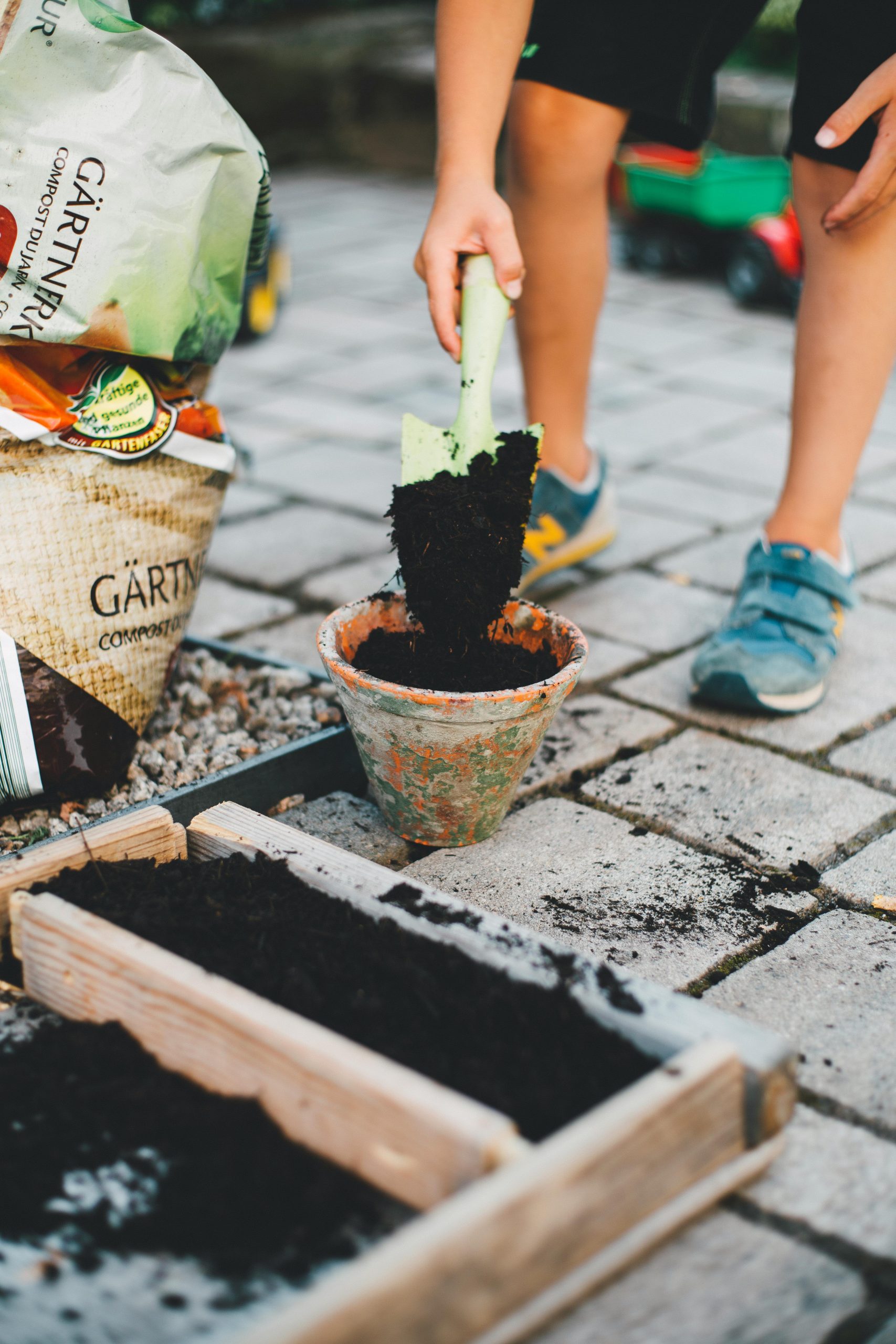Composting is a simple and eco-friendly way to turn kitchen scraps and yard waste into nutrient-rich soil for your garden. Not only does it reduce household waste, but it also enriches your plants with natural fertilizers, eliminating the need for chemical alternatives. Whether you’re a gardening enthusiast or a beginner, making compost at home is easier than you think. Follow these easy steps to create your own compost pile and contribute to a greener planet.
Why Composting at Home is Beneficial
Composting offers numerous benefits for both your garden and the environment. Here’s why you should start composting today:
- Reduces Waste: Nearly 30% of household waste can be composted, reducing landfill contributions.
- Improves Soil Health: Compost adds essential nutrients like nitrogen, phosphorus, and potassium to the soil.
- Enhances Water Retention: Compost helps soil retain moisture, reducing the need for frequent watering.
- Lowers Carbon Footprint: By composting, you reduce methane emissions from landfills, a potent greenhouse gas.
- Saves Money: Homemade compost eliminates the need to buy expensive fertilizers and soil conditioners.
What You Need to Start Composting
Before you begin, gather these basic materials to set up your compost system:
- Compost Bin or Pile: Choose a designated spot in your yard or use a compost bin to contain the materials.
- Brown Materials: Dry leaves, twigs, cardboard, and newspaper (carbon-rich).
- Green Materials: Fruit and vegetable scraps, coffee grounds, grass clippings (nitrogen-rich).
- Water: Moisture is essential for decomposition.
- Airflow: A pitchfork or shovel to turn the pile for aeration.
What to Compost vs. What to Avoid
Not all organic waste is suitable for composting. Here’s a quick guide:
- Good for Compost: Vegetable peels, eggshells, tea bags, yard trimmings, shredded paper.
- Avoid: Meat, dairy, oily foods, pet waste, diseased plants, and synthetic materials.
Step-by-Step Guide to Making Compost
Follow these simple steps to create nutrient-rich compost at home:
1. Choose a Location
Pick a dry, shady spot near a water source for your compost pile or bin. Ensure it’s easily accessible for adding materials and turning.
2. Layer Your Materials
Start with a layer of coarse brown materials (twigs, straw) for airflow. Alternate between green and brown layers to maintain balance.
- Add a 4-6 inch layer of brown materials.
- Top with a 2-3 inch layer of green materials.
- Sprinkle a thin layer of soil or finished compost to introduce microorganisms.
- Repeat the layers until the pile is about 3 feet high.
3. Maintain Moisture and Aeration
Keep the pile as damp as a wrung-out sponge. Water it if it gets too dry. Turn the pile every 1-2 weeks with a shovel or pitchfork to aerate and speed up decomposition.
4. Monitor and Adjust
A well-balanced compost pile should heat up as it breaks down. If it smells bad, add more brown materials. If decomposition is slow, add more greens or turn the pile more often.
5. Harvest Your Compost
In 2-6 months, your compost will turn dark, crumbly, and earthy-smelling. Sift out any large chunks and use the finished compost in your garden beds or potted plants.
Tips for Faster Composting
To speed up the composting process, try these tips:
- Chop Materials: Smaller pieces decompose faster.
- Maintain the Right Ratio: Aim for a 3:1 ratio of brown to green materials.
- Use a Compost Tumbler: These bins make turning easier and speed up decomposition.
- Add Worms (Vermicomposting): Red wigglers can break down scraps quickly.
Conclusion
Making compost at home is a rewarding and sustainable practice that benefits your garden and the environment. By following these easy steps—choosing the right materials, layering properly, and maintaining moisture and aeration—you can create nutrient-rich compost with minimal effort. Start small, be patient, and soon you’ll have a steady supply of “black gold” to nourish your plants naturally. Happy composting!


